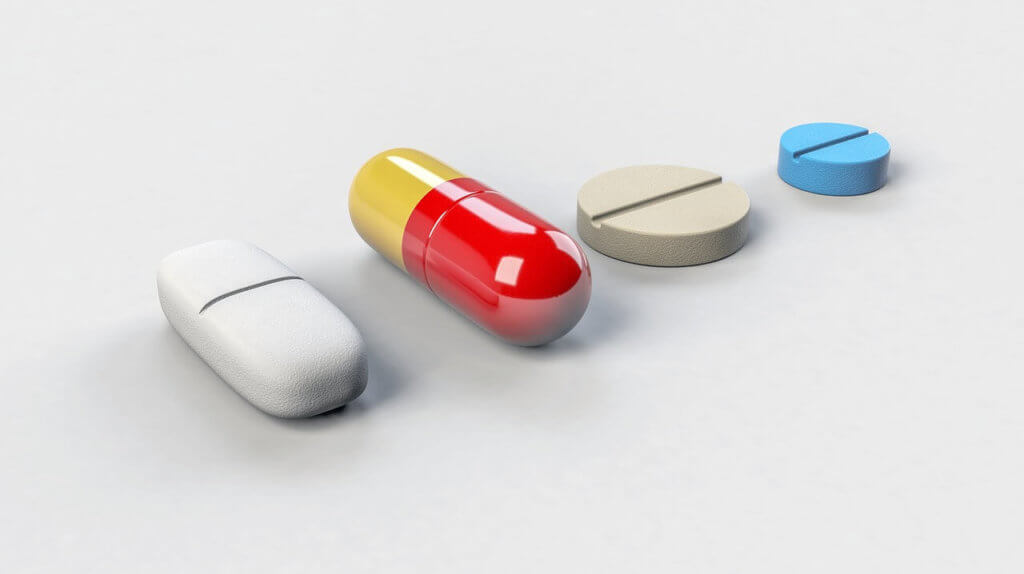
This is the biggest change in ADHD medication since Strattera.
The names of the medications can get confusing. For most patients, it’s difficult enough to keep brand versus generic names straight—such as Adderall vs amphetamine mixed salts, or Ritalin vs methylphenidate. But to add to that, the stimulants have both long and short-acting forms, such as Adderall short-acting vs Adderall extended-release (XR), and in recent years this has been taken further, with multiple different types of long-acting forms that vary somewhat in their release properties. So like Adderall XR, Adzenys and Mydayis are also long-acting forms of amphetamine, but they are formulated and released differently and so some patients respond a bit differently to them. There are also different long-acting methylphenidates. Concerta is one, and it is released in your body a bit differently compared to either Ritalin LA or Cotempla XR.
So when a pharmaceutical representative excitedly told us there was a new long-acting form of methylphenidate on the horizon (called ‘Jornay’) our initial response was: Ho hum, what could really be new? Another little tweak of the release mechanism? Another formulation that lasts for an extra hour or is arguably more chemically pure? While it’s nice to have choices, there hasn’t been anything really new in ADHD medications since Strattera (the first non-stimulant medication targeted solely at ADHD) was released in 2002.
But actually, Jornay is different, at least in terms of its practical application. Every stimulant medication for ADHD (up to now) has had to be taken in the morning because a major side effect of all stimulants is that they can disrupt sleep and cause insomnia. This new drug is a delayed-release formulation of methylphenidate designed to be—drumroll—taken at night before bedtime. It is released within the gut during the early morning hours so it can be effective the minute one wakes up in the morning.
While this is not a major new chemical innovation, in terms of its practical implications it could still be a bit of a game-changer for some families and individuals coping with ADHD.
Kids and adults are often cranky, disorganized, distracted and slow in the morning—and that’s just those of us who don’t have ADHD! Add ADHD as a multiplier and you get really cranky parents who are late to work, a really cranky kid who has spent the morning being yelled at, as well as really cranky spouses, or brothers and sisters, who wind up being late to work or school too.
What a way to start the day.
If this medication works as advertised, mornings could go a lot better for some ADHD patients and their families. Instead of waiting 30 minutes to an hour (or more) for a stimulant to pop in their brain cells, ADHDers taking this medication could wake up in the morning on the right side of the bed – “feeling normal” from the get-go without having to take a pill and then wait for it to work.
However, there are some foreseeable potential downsides to this strategy. It’s clearly going to be crucial to time that evening dose correctly—because if the drug starts to be released in your body too soon it will disrupt your sleep and wake you up early in the morning. It will also be important that it doesn’t wear off too soon or you’ll wind up needing to take another pill later in the day. Finally, it’s not a new chemical—it’s just good old methylphenidate with the same old side effects—specifically decreased appetite, decreased sleep, and potentially worse mood.
Existing nonstimulant medications such as Intuniv XL and Strattera can also provide “hit the road” readiness first thing in the morning. But for many people with ADHD, methylphenidate is a more effective medication, so this new overnight formulation may be a good option.
All that said, we haven’t prescribed it yet – because like many new medications, this one is very expensive and ‘tier infinity’ (that is, not covered) by most insurance plans. The company has made a coupon available but that still may not reduce the price tag enough to make it “worth it” for many patients. But at some point it’s likely we will prescribe it.
In short, even if it’s not much of a change chemically from what came before, Jornay does seem to represent a significant new option in the timing of stimulant dosing, and it is nice to have another real choice!
Original post published on my Psychology Today 1-2-3-ADHD Blog.
